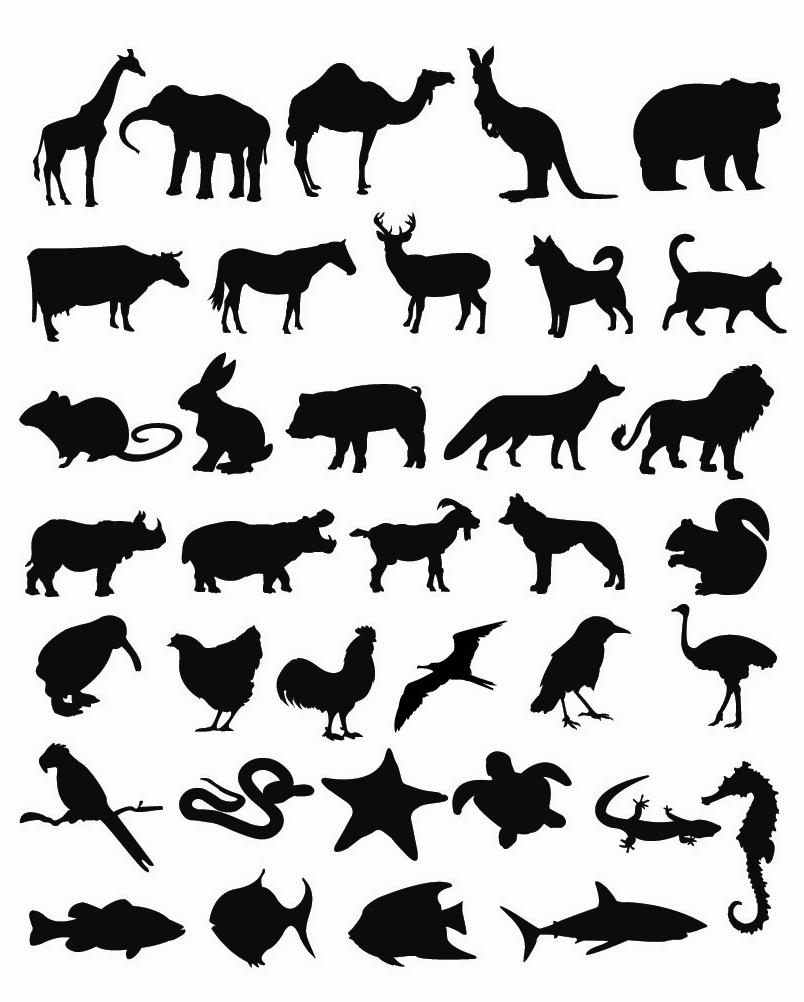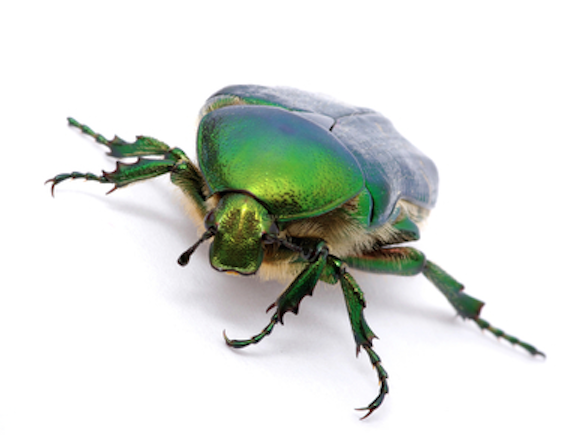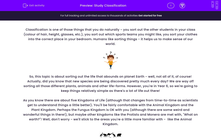Classification is one of those things that you do naturally - you sort out the other students in your class (colour of hair, height, glasses, etc.), you sort out which sports teams you might like, you sort your clothes into the correct place in your bedroom. Humans like sorting things - it helps us to make sense of our world.

So, this topic is about sorting out the life that abounds on planet Earth - well, not all of it, of course! Actually, did you know that new species are being discovered pretty much every day? We are way off sorting all those different plants, animals and other life-forms. However, you're in Year 6, so we're going to keep things relatively simple as there's a lot of life out there!
As you know there are about five Kingdoms of Life (although that changes from time-to-time as scientists get to understand things a little better). You'll be fairly comfortable with the Animal Kingdom and the Plant Kingdom. Perhaps the Fungus Kingdom is OK with you (although there are some weird and wonderful things in there!), but maybe other kingdoms like the Protists and Monera are met with, "What on earth?"! Well, don't worry - we'll stick to the areas you're a little more familiar with - like the Animal Kingdom.

Of course, the basic 'sorting' of animals is into vertebrates and invertebrates. Not surprisingly, it doesn't stop there and, invertebrates (for example) are classified into lots of different groups like arthropods, molluscs, jellyfish, worms and so on. Does it stop there? Definitely not! The classification process sorts arthropods into insects, arachnids, crustaceans and so on. Did you know, the insects are the biggest animal group on Earth? There are more different types of insects than all the other animal species added together! Very familiar animals make up the insect group: bees, wasps, ants, butterflies, flies, beetles and so on. Look! We've already been classifying without even trying!
Animal -> Invertebrate -> Arthropod -> Insect -> Beetle - that's five levels of classification!

So, let's use this activity to explore classification further and to help you consolidate what you know so that you get more comfortable with it. Sound OK? Let's get going!







